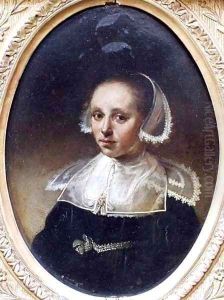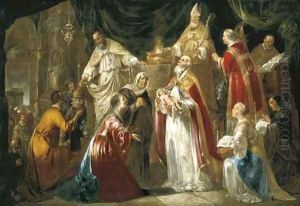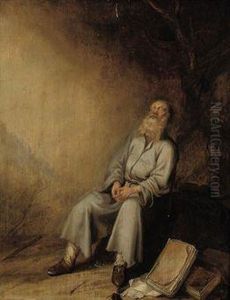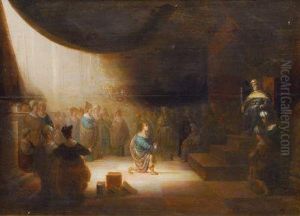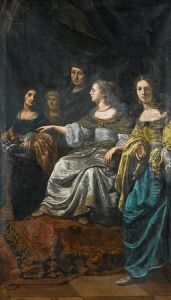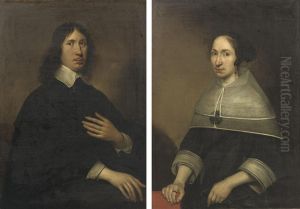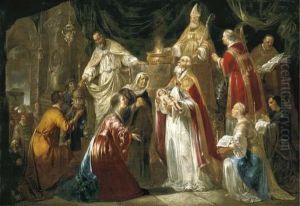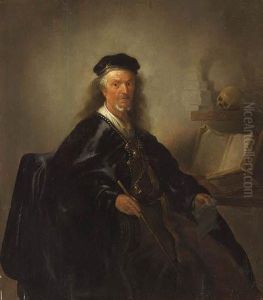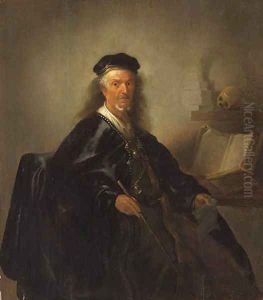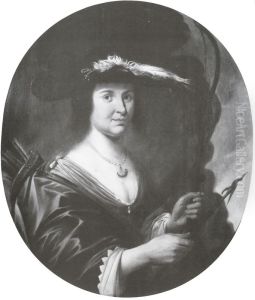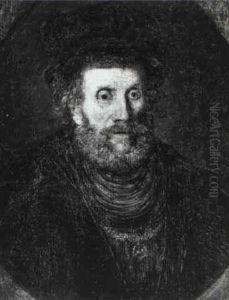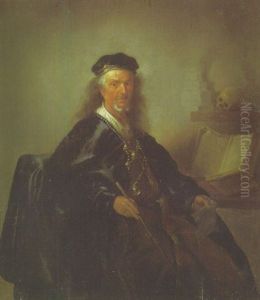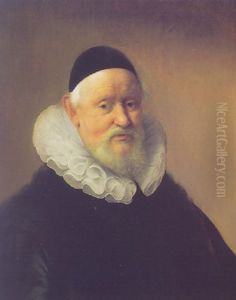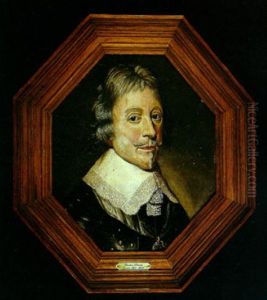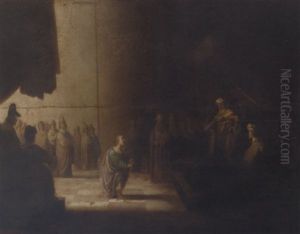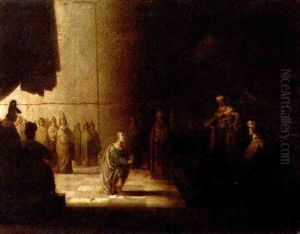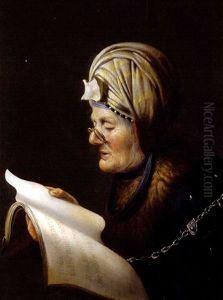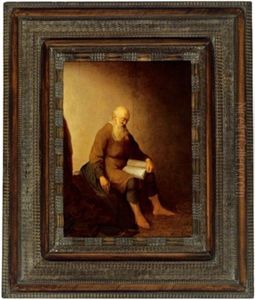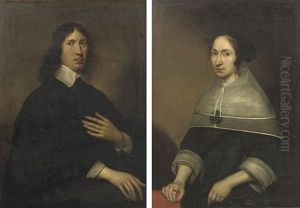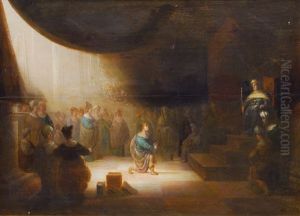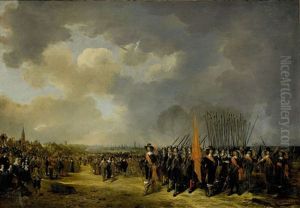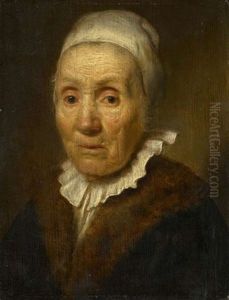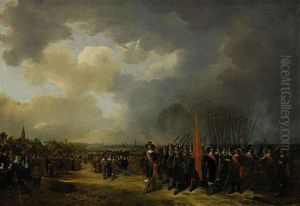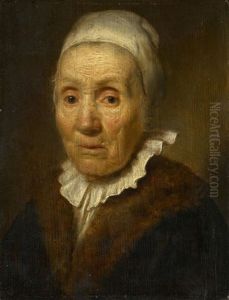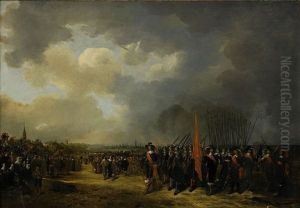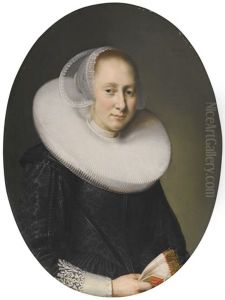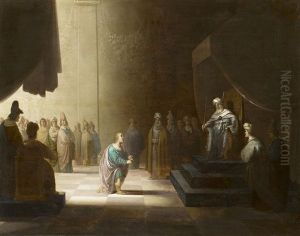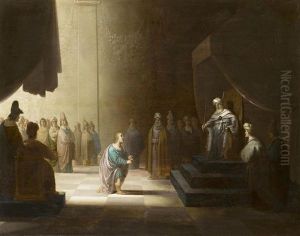Paulus Lesire Paintings
Paulus Lesire, also known as Paulus Lesire or Lessire, was a Dutch Golden Age painter whose life and work embody the artistic fervor of 17th-century Netherlands. Despite the uncertainty around his exact birth year, with sources indicating either 1600 or 1611, Lesire's contributions to art are well-documented, culminating in his death in 1654. Born in the city of Middelburg, in the province of Zeeland, Lesire's early life is shrouded in mystery, much like many artists of his time, with little documentation surviving to shed light on his formative years or training.
What is known, however, is that Lesire thrived in an era marked by the Dutch Republic's ascendancy as a cultural and economic powerhouse. He was primarily known for his portraits, a genre that flourished in the Dutch Golden Age, reflecting the burgeoning middle class's desire for personal and familial commemoration. Lesire's portraits are characterized by their meticulous attention to detail, rich textures, and the subtle interplay of light and shadow, hallmarks of the period's aesthetic sensibilities.
Lesire's professional life is better documented than his personal life. Records show that he was active in Middelburg, where he likely spent most of his career. His works were sought after by the local elite, indicating his reputation and the high quality of his artistry. Despite this, he did not gain the same level of fame posthumously as some of his contemporaries, such as Rembrandt or Vermeer, which has led to a somewhat obscure legacy.
The scarcity of Lesire's works and references in historical records has made it challenging for art historians to fully map his oeuvre and influence. Nonetheless, the existing pieces attributed to him continue to be studied and appreciated for their contribution to the Dutch Golden Age of painting. Lesire's life and work remain a testament to the era's rich artistic landscape, reflecting both the individual talent of the artist and the broader cultural currents of 17th-century Netherlands.
